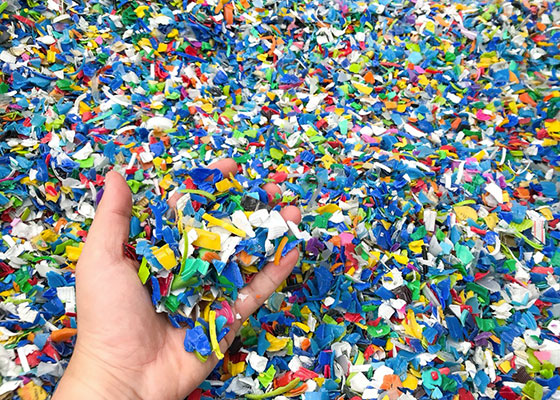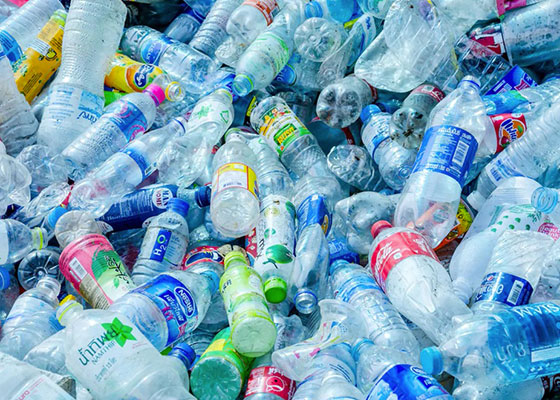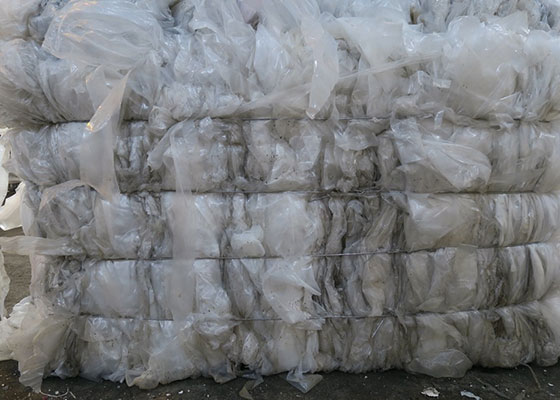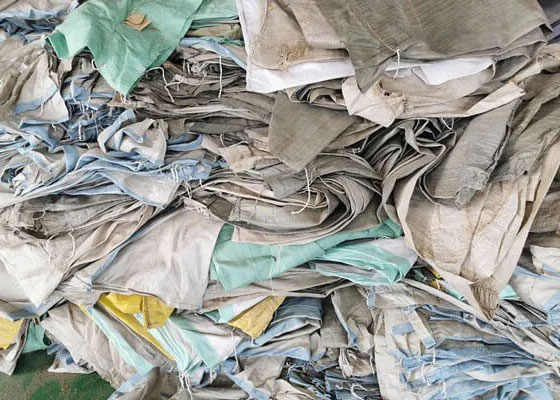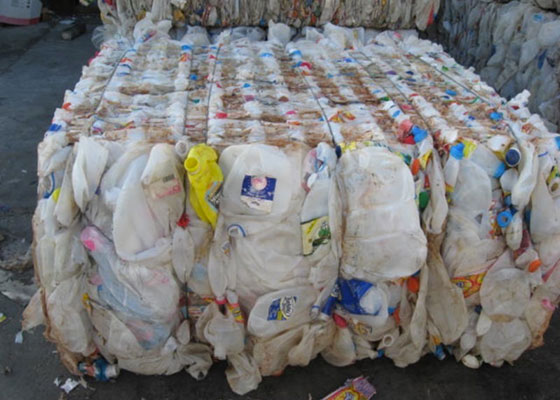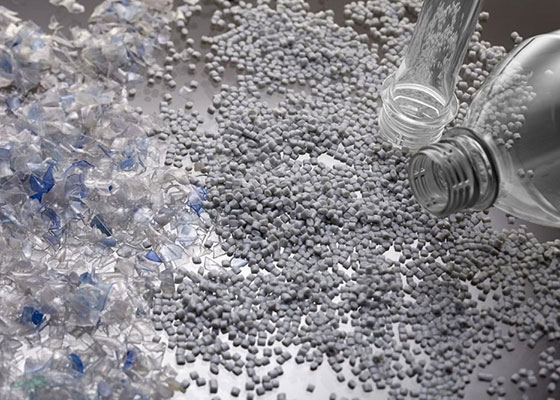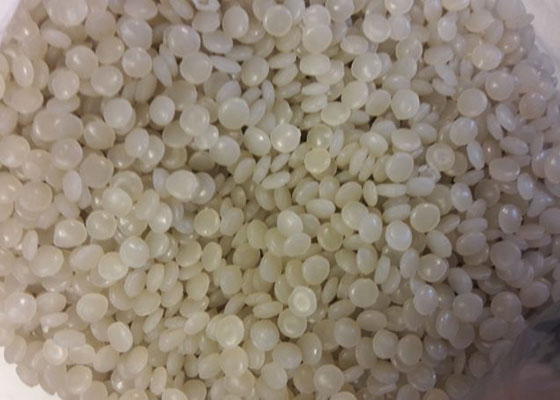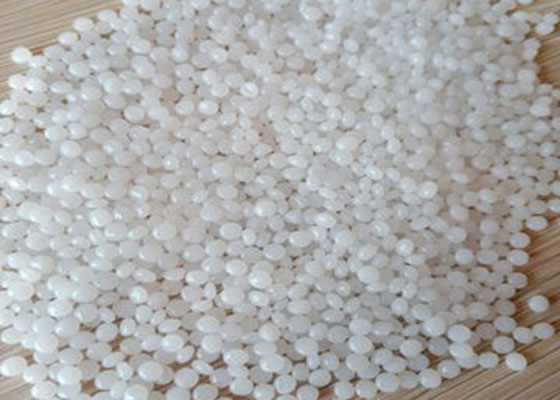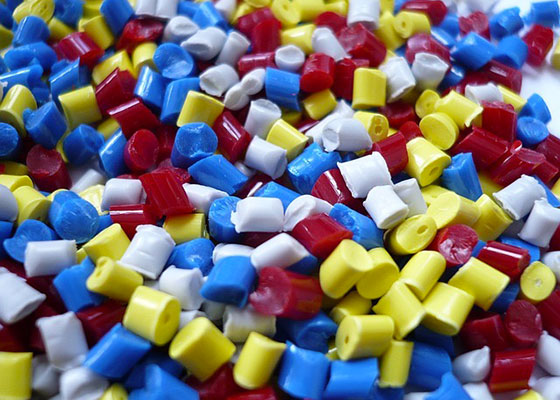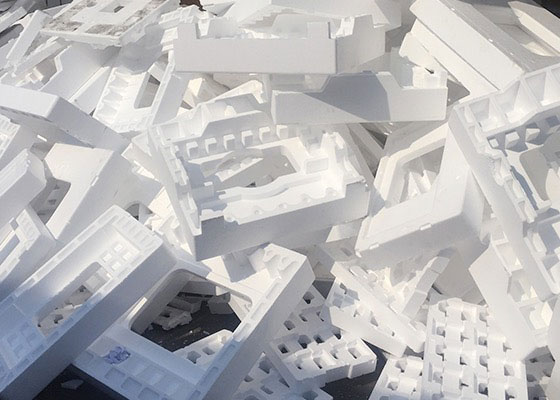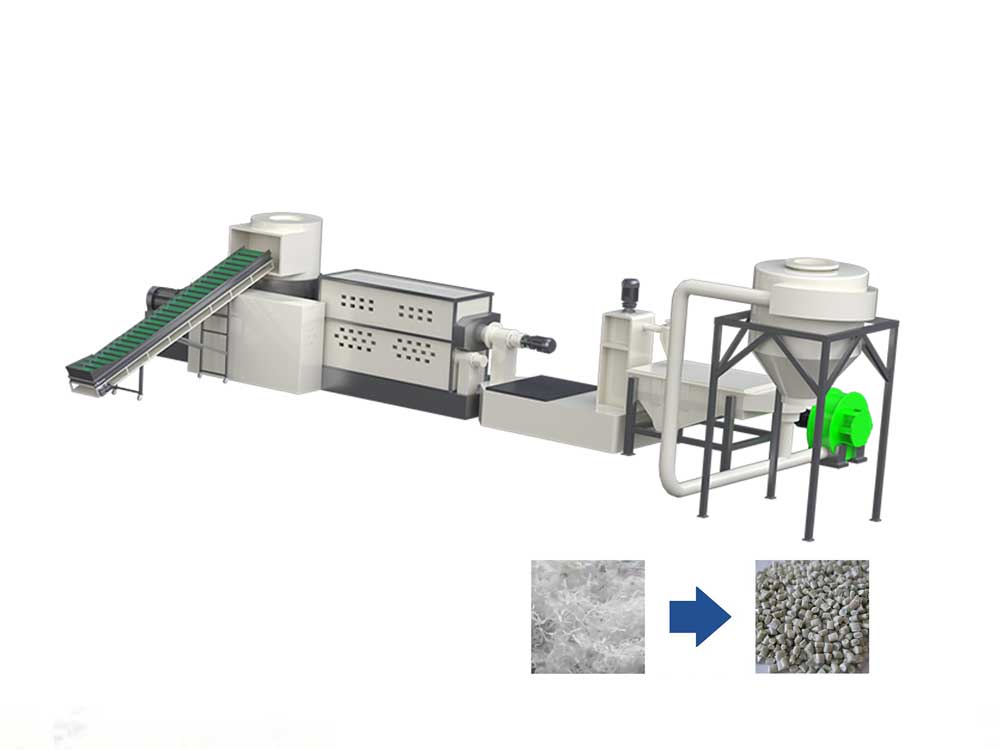
The cleaning and granulation of waste plastics is a common method of treating plastic waste with the aim of recycling and reusing plastic materials. This process typically involves the following steps:
Sorting and collection: Waste plastics are first sorted by type, such as polyethylene (PE), polypropylene (PP), polyvinyl chloride (PVC), etc. Different types of plastics are then collected and stored for further processing.
Cleaning: In the granulation process, the waste plastics often require cleaning to remove surface dirt and impurities. This can be achieved through physical or chemical methods, including water washing, hot washing, solvent washing, etc. The cleaning process helps improve the quality and recyclability of the waste plastics.
Crushing and grinding: The cleaned waste plastics are fed into crushers or grinders for crushing and fine grinding, converting them into small particles or fine powder. This step increases the surface area of the plastic and provides better workability for subsequent processes.
Extrusion and granulation: At this stage, the plastic particles are fed into an extruder. The extruder melts the plastic particles through heating and pressure and forms new granular products using molds. These granules can be further used for manufacturing new plastic products.
The process of cleaning and granulating waste plastics reduces the negative impact of plastic waste on the environment and promotes sustainable resource utilization and a circular economy. It helps reduce plastic pollution and the demand for virgin plastic materials, thus reducing energy consumption and greenhouse gas emissions. At the same time, the cleaning and granulation of waste plastics provide an economically favorable way to recycle and utilize plastic waste, creating job opportunities and fostering sustainable development.

